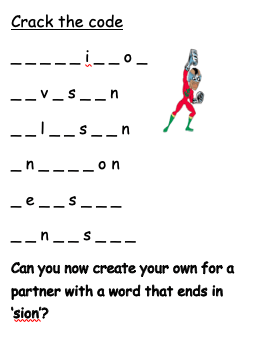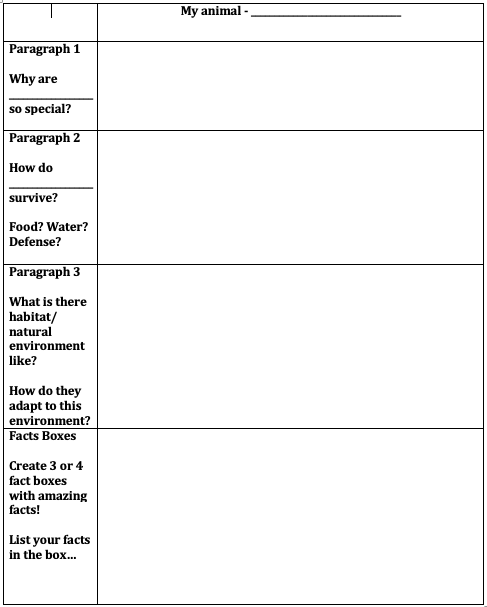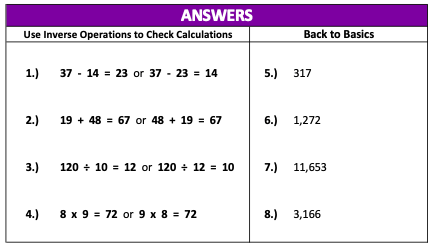Home Learning for 16.6.20
Good morning everyone! Please send me an email if you need me for anything! I hope you settled back into the week well yesterday and enjoyed writing about Toy Story! Here is the information for today…
s.butterworth@meadowsideacademy.org
Virtual sports week will take place next week and we would like to encourage everyone from your household to get involved and have fun whilst doing so! The only thing you will need in preparation are some water balloons, however a wet sponge will be a fine alternative. Every day next week, I will blog two activity cards for you to complete; you will then send your two scores into me via email. I will then keep you informed of the leaderboard every day. There will be one winning house by the end of the week. Please take a look at the information page for more information.
Early Bird Maths
Please watch the following link to help you understand the method for question 5:
Please watch the following link to help you understand the method for question 6:
Please watch the following link to help you understand the method for question 8:
Maths
Below is some data regarding the amount of rainfall in the UK from 2001 -2019. Take a look.
Here is an example of a bar chart with everything labelled so you understand why it is there.
 Today I would like you to transfer this data into a bar chart similar to the chart we looked at yesterday. On your bar chart today, you will not need the key as you are just representing data from year groups. Your numbered scale will need to be large, I would recommend going up in 100s or 500s. I have a picture of what it should look like below for you to check yours against or to help give you a starting point. You will have to estimate how tall your bar needs to go on the chart as the measurements above are to the nearest millilitre – it will not be possible on your paper to accurately draw this so don’t worry! Do the best you can!
Today I would like you to transfer this data into a bar chart similar to the chart we looked at yesterday. On your bar chart today, you will not need the key as you are just representing data from year groups. Your numbered scale will need to be large, I would recommend going up in 100s or 500s. I have a picture of what it should look like below for you to check yours against or to help give you a starting point. You will have to estimate how tall your bar needs to go on the chart as the measurements above are to the nearest millilitre – it will not be possible on your paper to accurately draw this so don’t worry! Do the best you can!
Word Power
English
LO: To plan my writing
Today I want you to plan your information page for the animal of your choice. Planning is a hard skill to learn and to write in note form can be even trickier, but today I want you to make notes on the following criteria in the box up plan. I would expect you to copy the headings out in your book and then make notes regarding this.
You can change the paragraph topics if you like, but you will need to plan structure to your writing and ensure each paragraph is specific to a topic related to your animal. Tomorrow you will begin to draft this; I am hoping you have enough information for a double spread or single page in your writing book just like we have done previously. 🙂
Early Bird Maths Answers
Maths Bar Chart:
Other tasks to complete throughout the day
*Wellbeing Wake Up*
https://www.youtube.com/channel/UCXumjginrAvOILD-1PkJF_g/
Wellbeing Wake-up provides a boost of wellbeing to children through fun engaging activities. The sessions are aimed at primary aged children, parents/carers and education staff. The Bitesize sessions will be based around the 5 ways to wellbeing; connect, be active, take notice, keep learning and give. Each video will include a short explanation for adults on why it is important to promote wellbeing, followed by a ‘wake up and shake up’ for children’s minds and bodies to become focused, finished with a interactive activity that can be carried out between the child and adult.
Reading Plus
Please continue to use Reading Plus at home. if you need any support with anything then please let me know. I hope you’re enjoying using it.
BBC Bitesize:
https://www.bbc.co.uk/bitesize/levels/zbr9wmn
Please have a look through the subjects in the above link and complete as you like. There are many exciting activities to do on here, so have fun exploring them.
Online Stories:
Here is a link to some free online stories your children can read:
GoNoodle:
Many online videos that help keep children active inside and teach mindfulness and meditation.
Newsround:
https://www.bbc.co.uk/newsround/news/watch_newsround
Black Lives Matter Movement:
Below is information for parents regarding the Black Lives Matter movement. This useful guide may be of interest to you if you would like to discuss this with your children.
Parent’s guide to black lives matter
Three-day creative task:
Science – Animal Classification
What did Darwin observe?
Darwin saw hundreds of animals and plants on his voyage, he wrote detailed notes for many of the species he saw; recording the species’ common name, latin name, where he found it, his observations of its behaviour and how he thought different species may be related to each other.
Scientists classify every species into a group, depending on their similarities and differences between each other. Some of the characteristics of the groups can be seen by just looking at the species.
Look at the ten photographs on the following pages and see if you can classify them into the correct groups and give reasons for your answers. Think carefully, they may not all be as they first appear!
Below you will find your answers to check against!
Crustacean
Reptile
Mammal
Bird
1. Mammal – endothermic (warm blooded), hair, internal fertilisation and development, suckles young
2. Bird – feathers, wings – though flightless, lays hard shelled eggs, beak – no teeth, internal fertilisation,
endothermic (warm blooded)
3. Reptile – scaly skinned, exothermic (cold blooded), internal fertilisation, lays leathery shelled eggs 4. Bird – feathers, wings, lays hard shelled eggs, beak – no teeth, internal fertilisation, endothermic
(warm blooded)
5. Amphibian – moist skin, lacks scales, external fertilisation, lays eggs moist environment, adult has
lungs, tetrapod – often with webbed hind feet
6. Mammal – endothermic (warm blooded), hair – is visible on photograph, internal fertilisation and
development, suckles young
7. Crustacean – hard exoskeleton, two pairs of antennae and one pair of mandibles – pincers used for
handling and processing food
8. Mammal – endothermic (warm blooded), hair, internal fertilisation and development – although the
platypus is an evolutionary distinct mammal and lays eggs rather than giving birth to developed
young, suckles young
9. Mammal – endothermic (warm blooded), hair – though not often obvious for cetaceans, internal
fertilisation and development, suckles young
10. Reptile – scaly skinned, exothermic (cold blooded), internal fertilisation, lays leathery shelled eggs,
tortoises have carapace/shell






